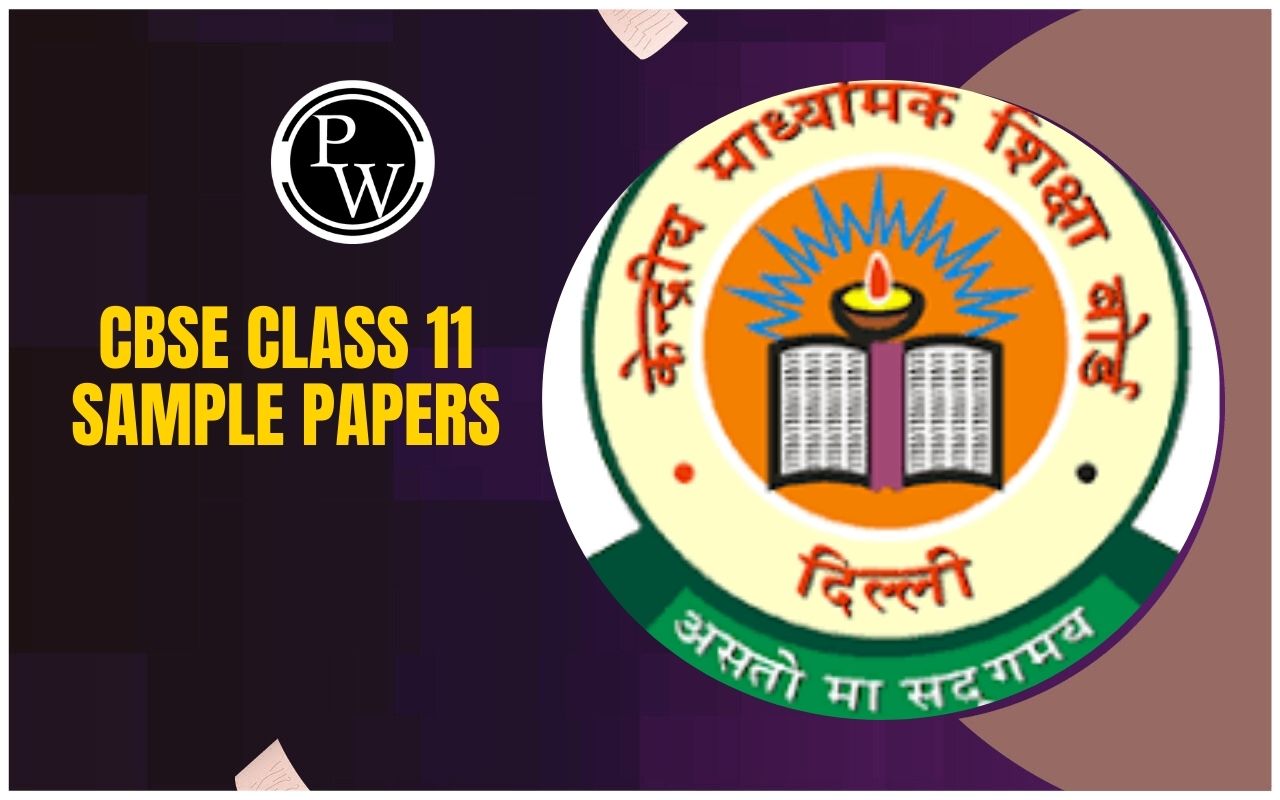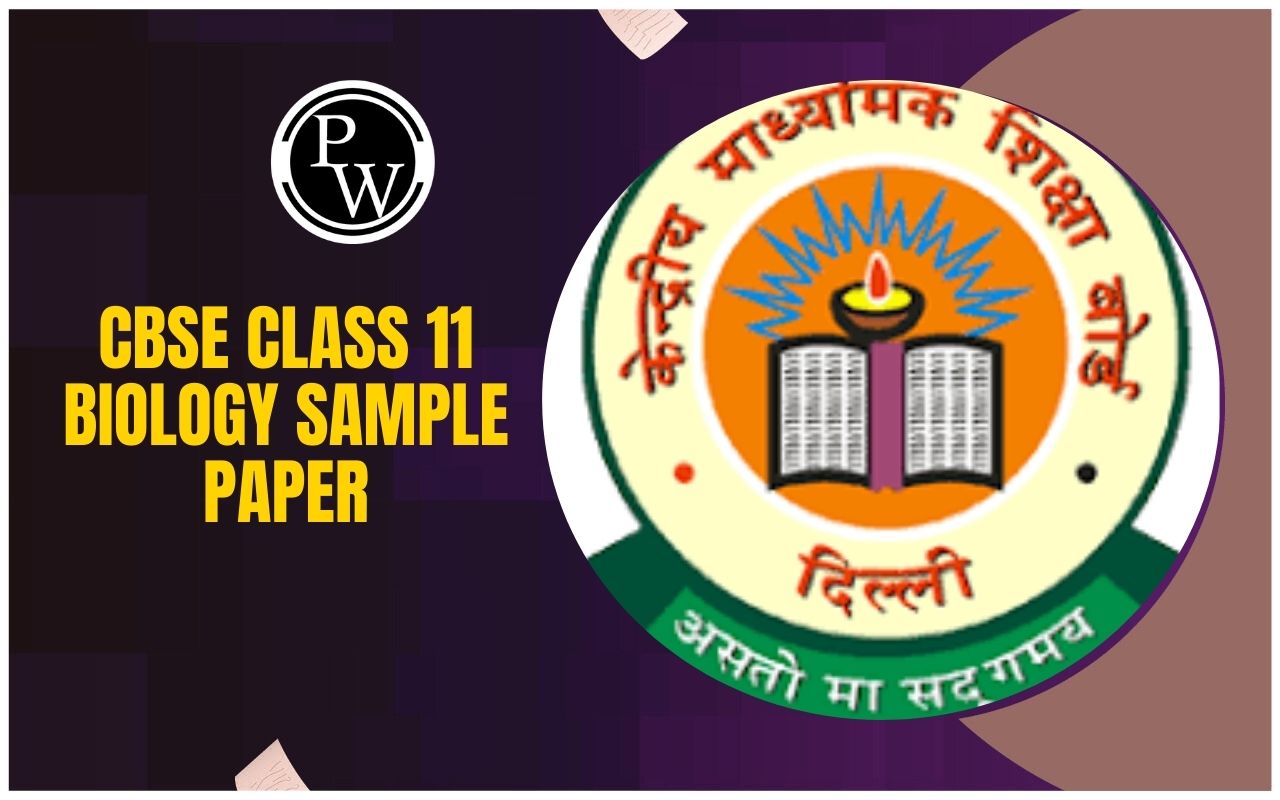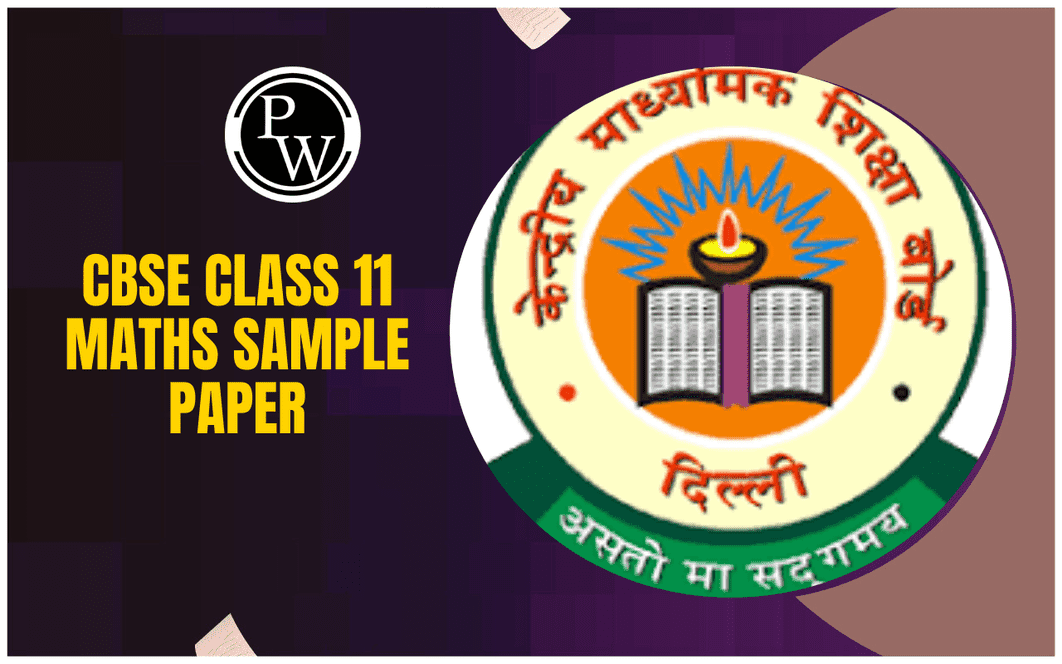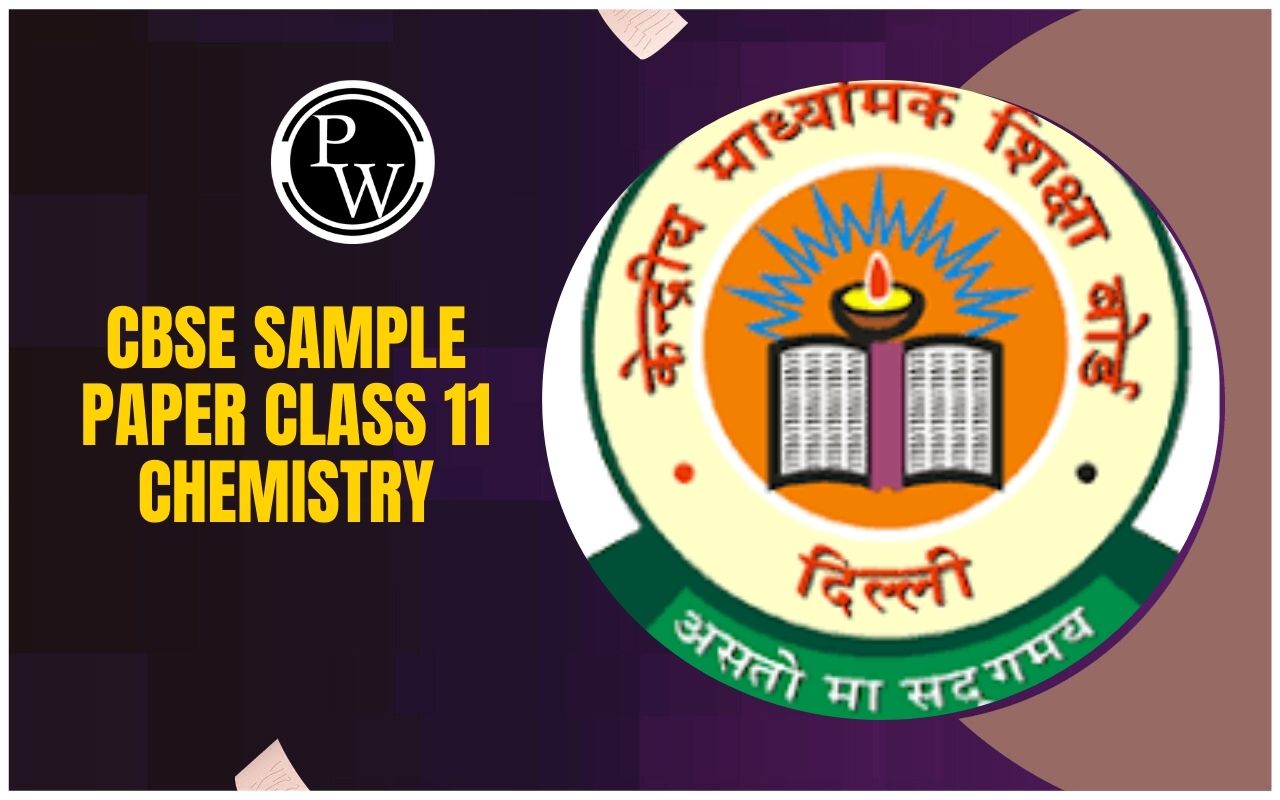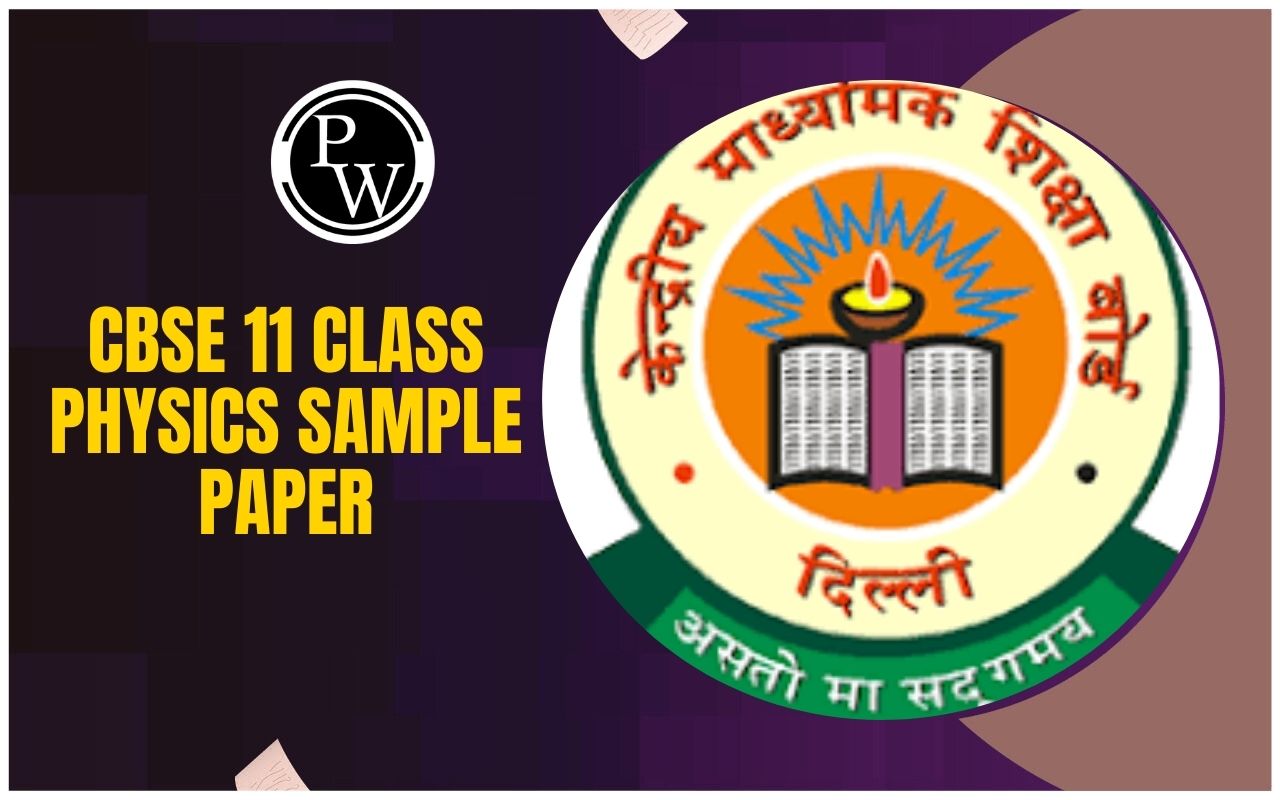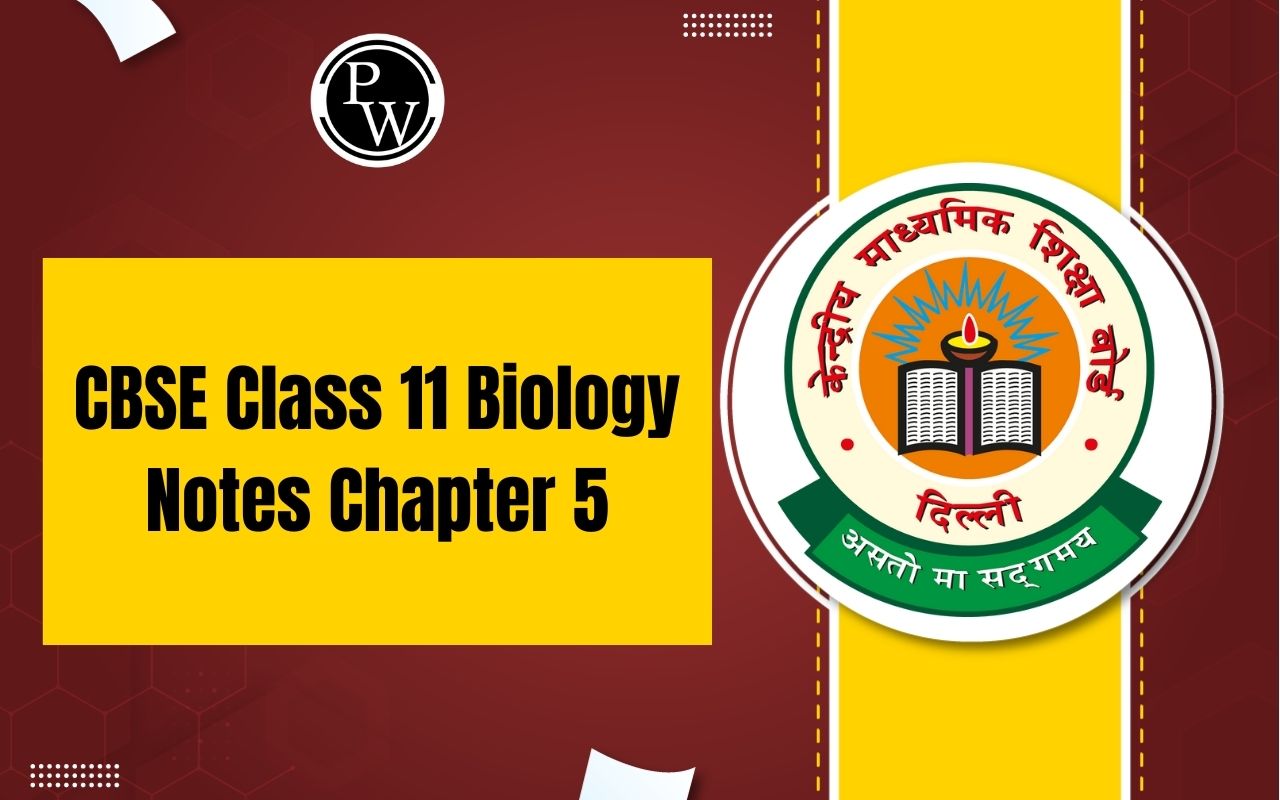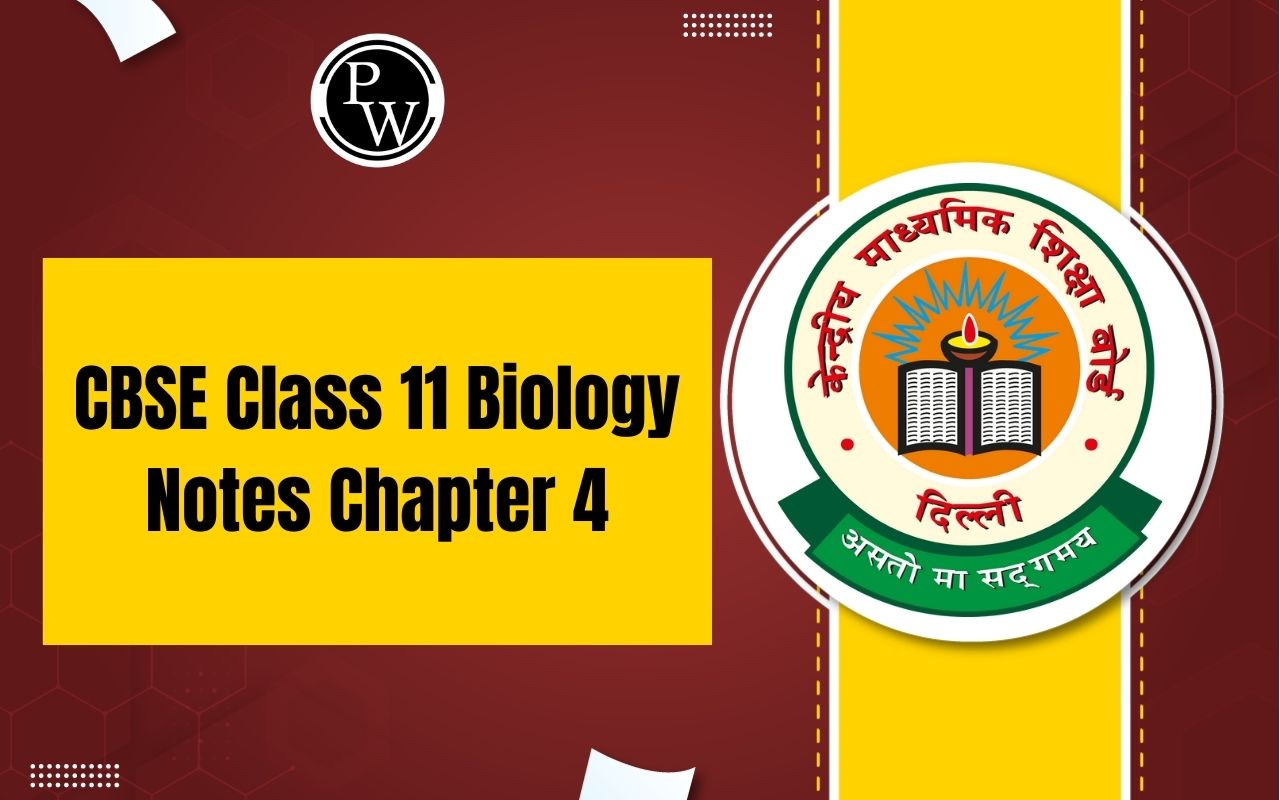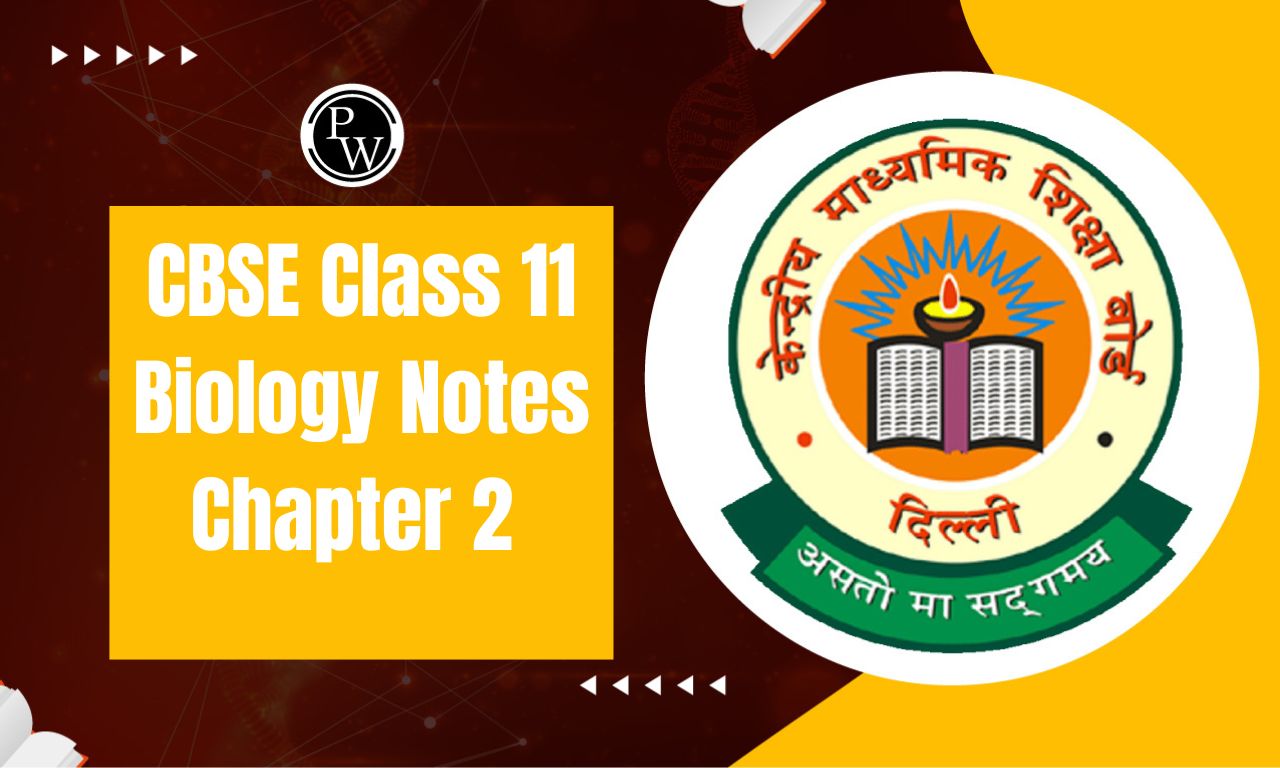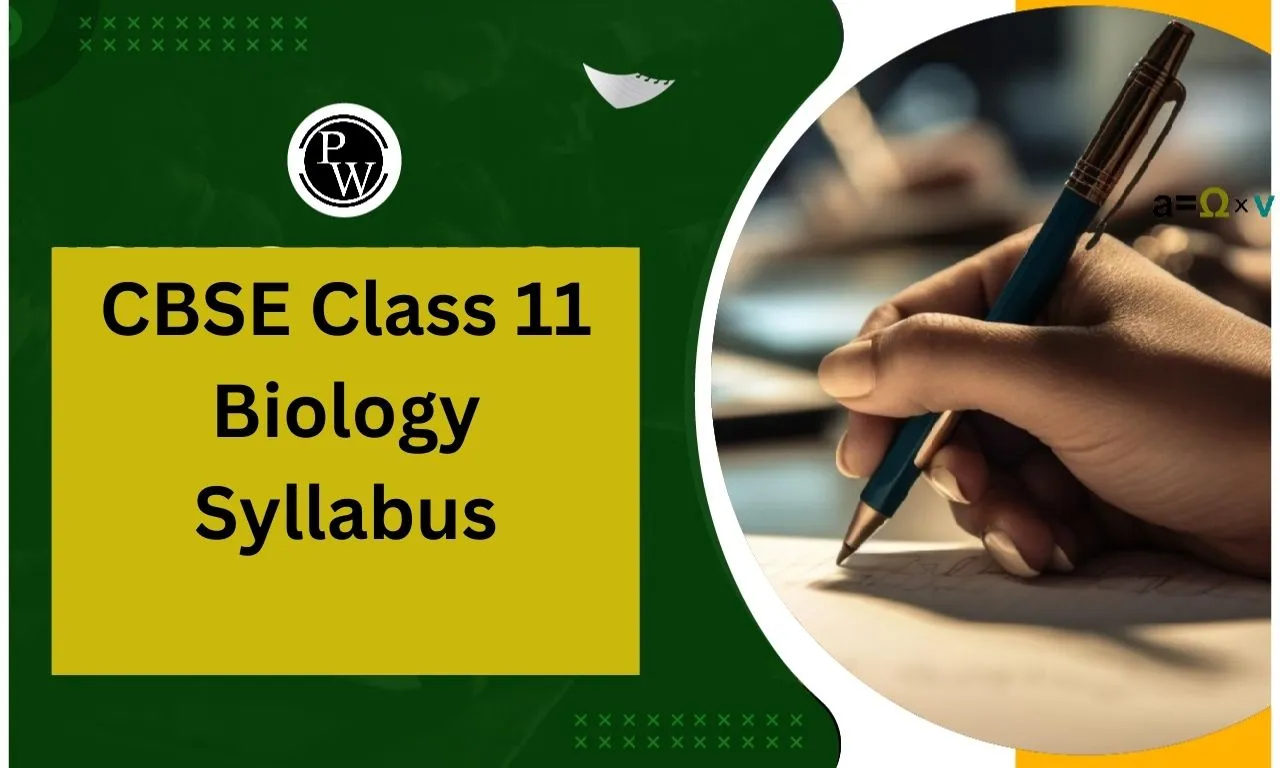
Important Questions for Class 11 Maths Chapter 13: Chapter 13 of Class 11 Mathematics, Limits and Derivatives, introduces foundational calculus concepts. It covers the idea of a limit, including evaluating limits of algebraic, trigonometric, and rational functions, and basic rules for calculating them.
The derivative is introduced as the rate of change or slope of a function, along with methods for finding derivatives of polynomials and simple functions. Important questions include solving problems on limit evaluation using formulas, derivatives of basic functions using first principles, and applying derivatives to real-world scenarios. Mastery of this chapter is crucial for understanding advanced calculus in higher classes.Important Questions for Class 11 Maths Chapter 13 Overview
Chapter 13, Limits and Derivatives is a foundational topic in Class 11 Mathematics. It introduces the fundamental concepts of calculus, including understanding the behavior of functions as inputs approach a certain value (limits) and the rate of change of functions (derivatives). These concepts are crucial for advanced mathematics, physics, and engineering. They form the basis for solving real-world problems like motion, optimization, and growth models. By mastering this chapter, students gain insights into graphical interpretations, continuity, and instantaneous rates of change, which are essential for succeeding in higher studies and competitive exams.Important Questions for Class 11 Maths Chapter 13 PDF Download
Below, we have provided a comprehensive PDF containing important questions for Class 11 Maths Chapter 13: Limits and Derivatives. These questions are designed to help students understand key concepts and practice effectively for exams. Download the PDF now to access detailed solutions and enhance your preparation for better performance in this crucial chapter.Important Questions for Class 11 Maths Chapter 13 PDF
Important questions for class 11 maths chapter 13 with solutions
Question 1:
Find the derivative of the function x 2 cos x.Solution:
Given function is x 2 cos x Let y = x 2 cos x Differentiate with respect to x on both sides. Then, we get: dy/dx = (d/dx)x 2 cos x Now, using the formula, we can write the above form as: dy/dx = x 2 (d/dx) cos x + cos x (d/dx)x 2 Now, differentiate the function: dy/dx = x 2 (-sin x) + cos x (2x) Now, rearrange the terms, we will get: dy/dx = 2x cos x – x 2 sin xQuestion 2:
Find the positive integer “n” so that lim x → 3 [(x n – 3 n )/(x – 3)] = 108.Solution:
Given limit: lim x → 3 [(x n – 3 n )/(x – 3)] = 108 Now, we have: lim x → 3 [(x n – 3 n )/(x-3)] = n(3) n-1 n(3) n-1 = 108 Now, this can be written as: n(3) n-1 = 4 (27) = 4(3) 4-1 Therefore, by comparing the exponents in the above equation, we get: n = 4 Therefore, the value of positive integer “n” is 4.Question 3:
Find the derivative of f(x) = x 3 using the first principle.Solution:
By definition, f’(x) = lim h→ 0 [f(x+h)-f(x)]/h Now, substitute f(x)=x 3 in the above equation: f’(x) = lim h→ 0 [(x+h) 3 -x 3 ]/h f’(x) = lim h→ 0 (x 3 +h 3 +3xh(x+h)-x 3 )/h f’(x) = lim h→ 0 (h 2 +3x(x+h)) Substitute h = 0, we get: f’(x) = 3x 2 Therefore, the derivative of the function f’(x) = x 3 is 3x 2 .Question 4:
Determine the derivative of cosx/(1+sin x).Solution:
Given function: cosx/(1+sin x) Let y = cosx/(1+sin x) Now, differentiate the function with respect to “x”, we get dy/dx = (d/dx) (cos x/(1+sin x)) Now, use the u/v formula in the above form, we get dy/dx = [(1+sin x)(-sin x) – (cos x)(cos x)]/(1+sin x) 2 dy/dx = (-sin x – sin 2 x-cos 2 x)/(1+sin x) 2 Now, take (-) outside from the numerator, we get: dy/dx = -(sin x + sin 2. x + cos 2 x)/(1+sin x) 2 We know that sin 2. x + cos 2 x = 1 By substituting this, we can get: dy/dx = -(1+sin x)/(1+sin x) 2 Cancel out (1+sin x) from both numerator and denominator, we get: dy/dx = -1/(1+sin x) Therefore, the derivative of cosx/(1+sin x) is -1/(1+sin x).Question 5:
lim x→ 0 |x|/x is equal to: (a)1 (b)-1 (c)0 (d)does not existsSolution:
A correct answer is an option (d)Explanation:
The limit mentioned here is x→0 It has two possibilities: Case 1: x→0 + Now, substitute the limit in the given function: lim x→ 0+ |x|/x = x/x = 1 Case 2: x→0 – Now, substitute the limit in the given function: lim x→ 0- |x|/x = -x/x = -1 Hence, the result for both cases varies, the solution is an option (D)Question 6:
Evaluate the derivative of f(x) = sin 2 x using Leibnitz product rule.Solution:
Given function: f(x) = sin 2 x Let y= sin 2 x Now, by using Leibnitz product rule, we can write it as: dy/dx = (d/dx) sin 2 x Sin 2 x can be written as (sin x)(sin x) Now, it becomes: dy/dx = (d/dx) (sin x)(sin x) dy/dx = (sin x)’(sin x) + (sin x)(sin x)’ dy/dx = cos x sin x + sin x cos x dy/dx = 2 sin x cos x dy/dx = sin 2x Therefore, the derivative of the function sin 2 x is sin 2x.Benefits of Important Questions for Class 11 Maths Chapter 13
Solving important questions for Class 11 Maths Chapter 13 Limits and Derivatives offers several benefits, especially when preparing for exams and building a solid foundation for advanced mathematics. Here are some key benefits:Strong Conceptual Understanding
Helps in grasping the foundational concepts of limits and derivatives, which are essential for calculus in higher classes.Improved Problem-Solving Skills
Enhances the ability to solve problems methodically and apply formulas correctly.Better Exam Preparation
Familiarizes students with the types of questions likely to appear in exams, boosting confidence.Clarity on Applications
Demonstrates real-life applications of limits and derivatives, making the subject more relatable.Time Management
Regular practice improves speed and accuracy, which is crucial during exams.Foundation for Higher Studies
Builds a strong base for advanced topics in Class 12 and competitive exams.Important Questions for Class 11 Maths Chapter 13 FAQs
What is the purpose of limits and derivatives?
What is the first principle of limits and derivatives?
What are limits and derivatives used for in real life?
How do derivatives connect to limits?

